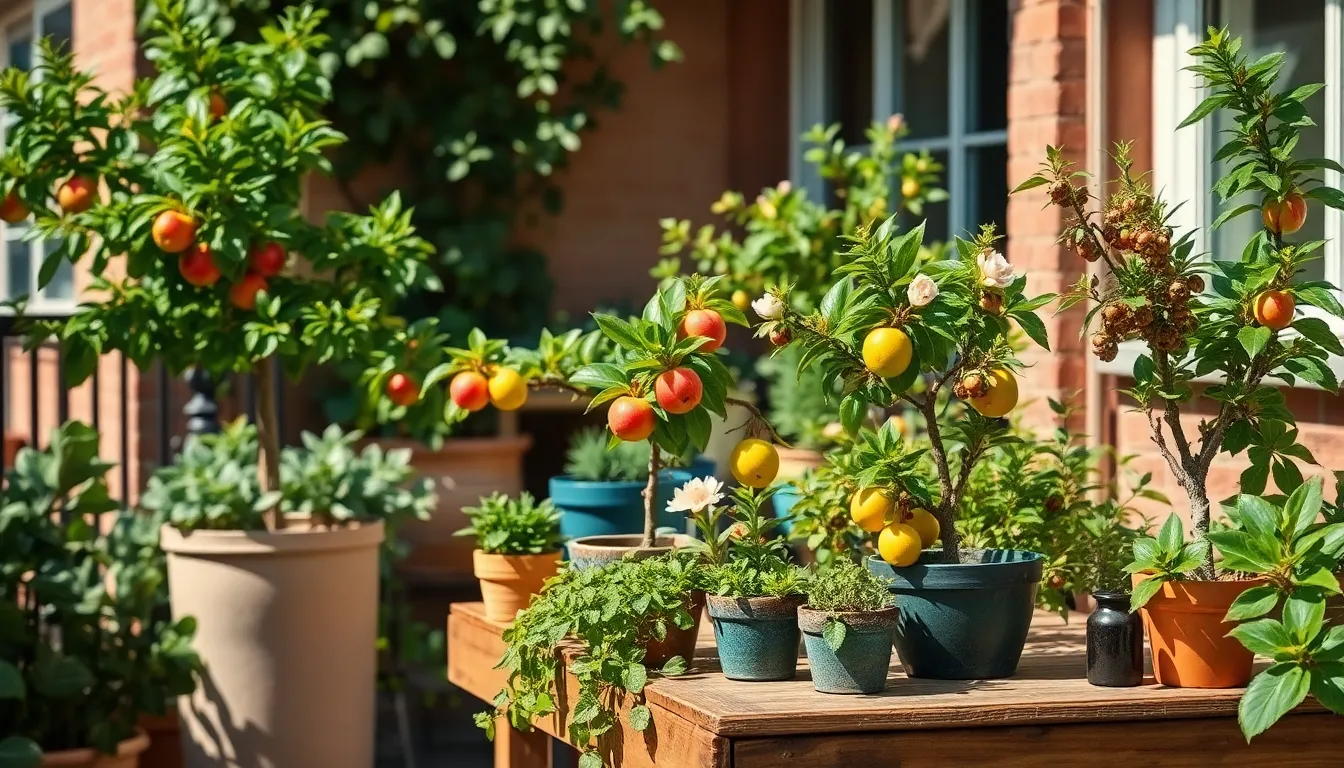Backyard Vegetable Gardens

Imagine stepping into your backyard and plucking a sun-ripened apple or a juicy plum from your very own tree. Whether ...

Imagine stepping into your backyard, a compact oasis brimming with the colors and scents of ripe, juicy fruits, ready to ...








